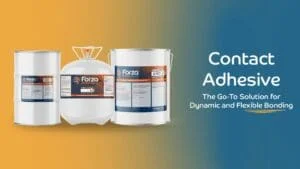The Benefits of Neoprenes
What are neoprenes? Neoprenes are a base primarily used in solvent adhesives. They’re used for bonding HPL (high-pressure laminate), and some foams.
What makes neoprene-based adhesive a good alternative to other adhesives commonly used in the industry? For one, they are more plasticizer-resistant than SBR (styrene butadiene rubber) based adhesives. Neoprenes also have good chemical resistance. Not only are these adhesives highly resilient, they have high shear strength as well. Typically, neoprenes have much higher heat resistance than most other solvent-based adhesives – this on its own is the reason a lot of adhesive users prefer to use neoprene-based adhesives.
Are there any disadvantages to using neoprenes? Not really, the only thing that could be a problem is that they have limited open time – but if your application doesn’t need to be repositionable, then the short open time shouldn’t matter.
Eager to start using neoprenes for your applications? Contact us today, and let us know your application and the substrates you’re bonding, and we would be happy to provide our recommendations!




